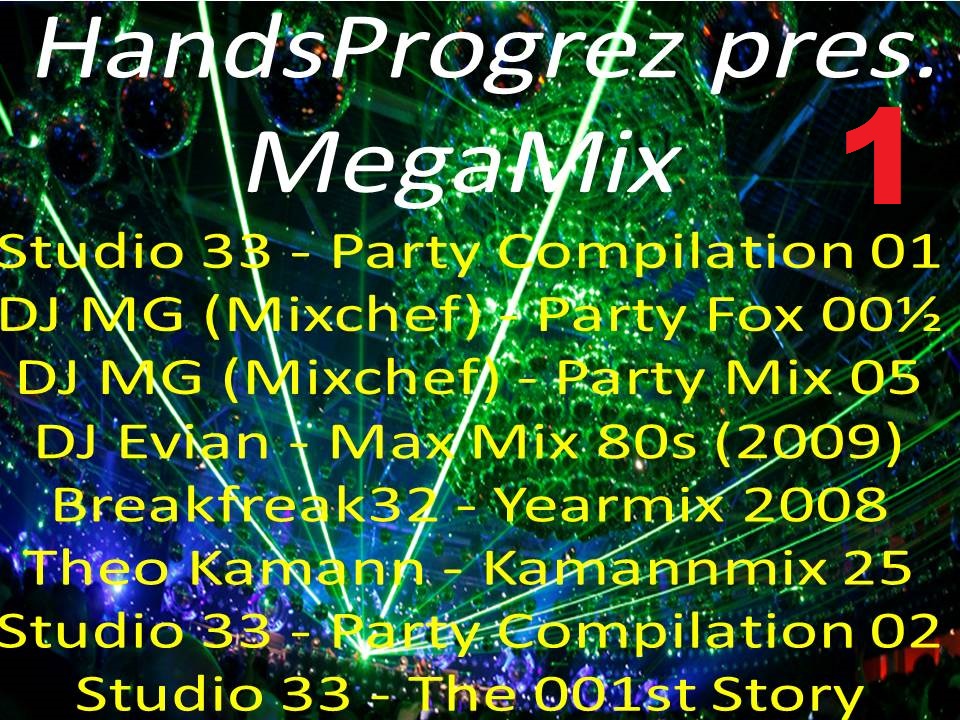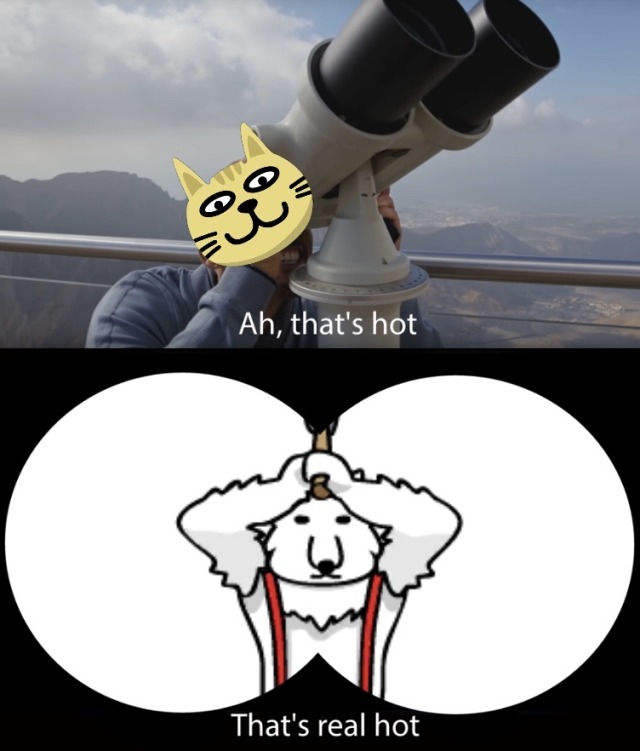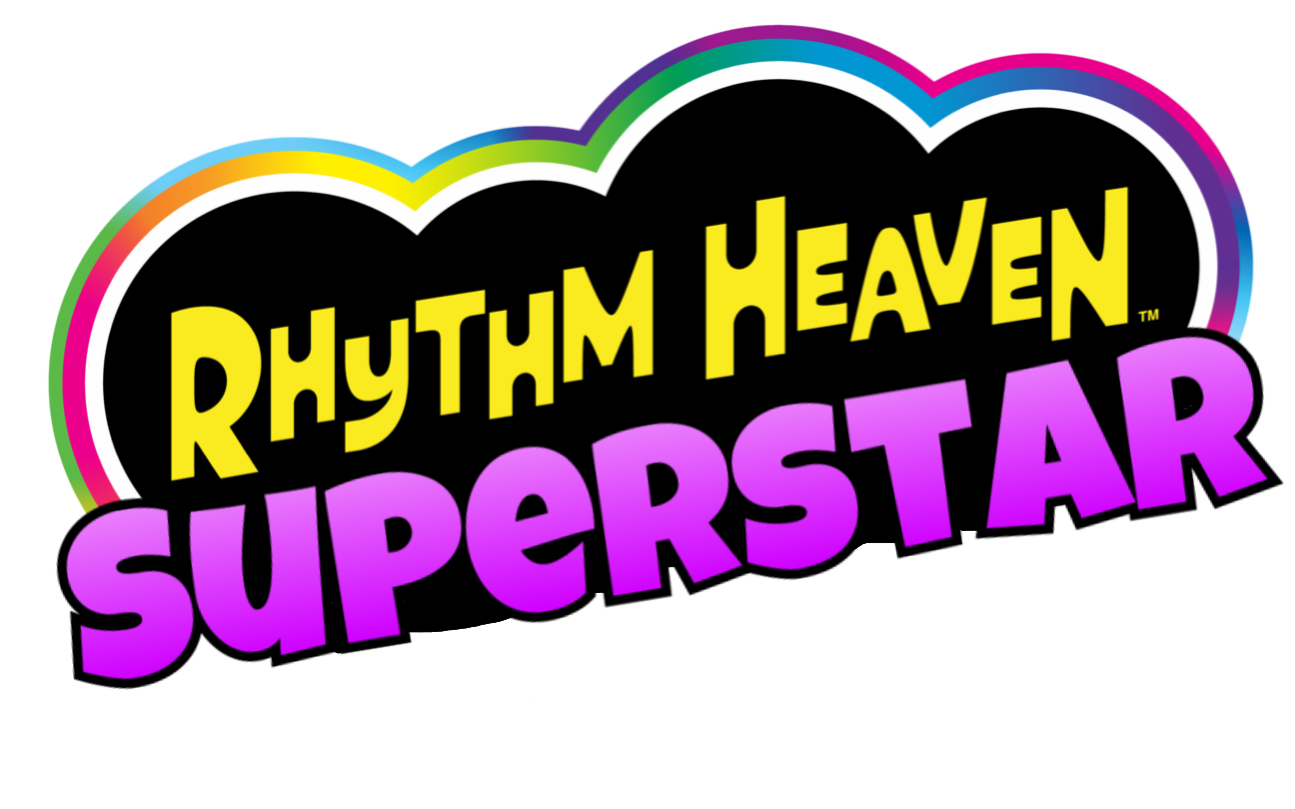

The tutorial even kindly displays the proper inputs if you screw it up enough times, which particularly helps in the tougher games like the tango one. The bottom screen reacts whenever you press a button, indicating how close you are to the beat, with the middle of the screen exploding in stars if you get it perfectly. There are plenty of quality-of-life improvements that are geared towards new players but longtime fans will definitely find welcome.

Slip and pose in rhythm with your sumo family. The sequel game flips it by having the alien translate a farmer’s speech to his homeworld.


Mimic the patterns to translate the alien’s speech get it wrong and you’ll get some silly results. The samurai guy from many of the other games returns as the star of this NES-style game. This robot was created to tango! The beat in this one is pretty hard to get down, though.įuel up the chicken’s car precisely to get him over the water. This version also has both English and Japanese versions of the music, missing from the previous American releases, which is good, considering the English DS songs were often….not great. Some of the older games have remixes that are so drastic that they’re almost brand new games – the initial appearance of Karate Man, for example, has a totally different song, but the original versions pop up later on. The Wii games are downsized appropriately and still look great, while the new games are in lines of quality with the rest. The DS games look slightly better too, plus the touch controls have been replaced with standard button inputs, making them infinitely more playable. The Game Boy Advance games benefit the most – the bump in resolution (240 x 160 for the GBA to 400×240 for the 3DS) means everything looks much sharper, plus they sound much cleaner. Through the first half of the story mode, there aren’t any remixes stages, as these don’t pop up until the second half.įor the most part, each area consists of one minigame from each of the prior titles, plus one brand new game. It’s amusing and silly, but the dialogue is also pretty long-winded and it’s impossible to skip or fast forward through it, so whatever whimsy it might have can potentially become grating. As you help him out, you meet up with various guardians, who challenge you to rhythm games. Rather than a straight menu, progress is framed on a narrative focused on a little dog with an afro named Tibby, who’s been cast out of heaven and must find his way back. That might sound a little disappointing for long time fans, but given the circumstances – it’s clear that the previous entries weren’t exactly huge successes, at least outside of Japan – it’s the best anyone could hope for. The fourth Rhythm Heaven entry isn’t an entirely new game, but rather a “greatest hits” compilation of the earlier titles, with some added content and a brand new story mode.


 0 kommentar(er)
0 kommentar(er)
